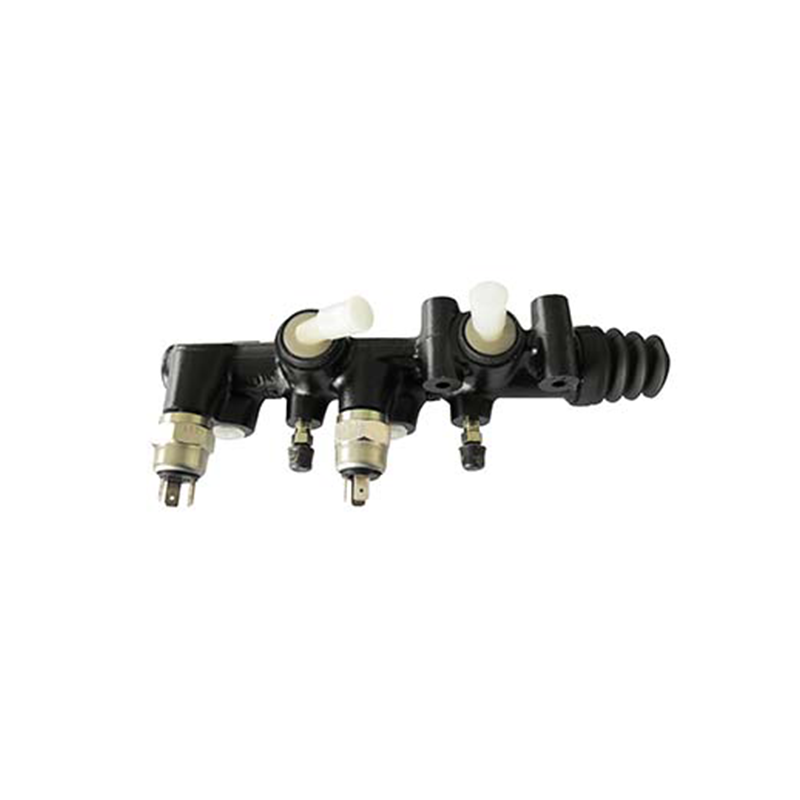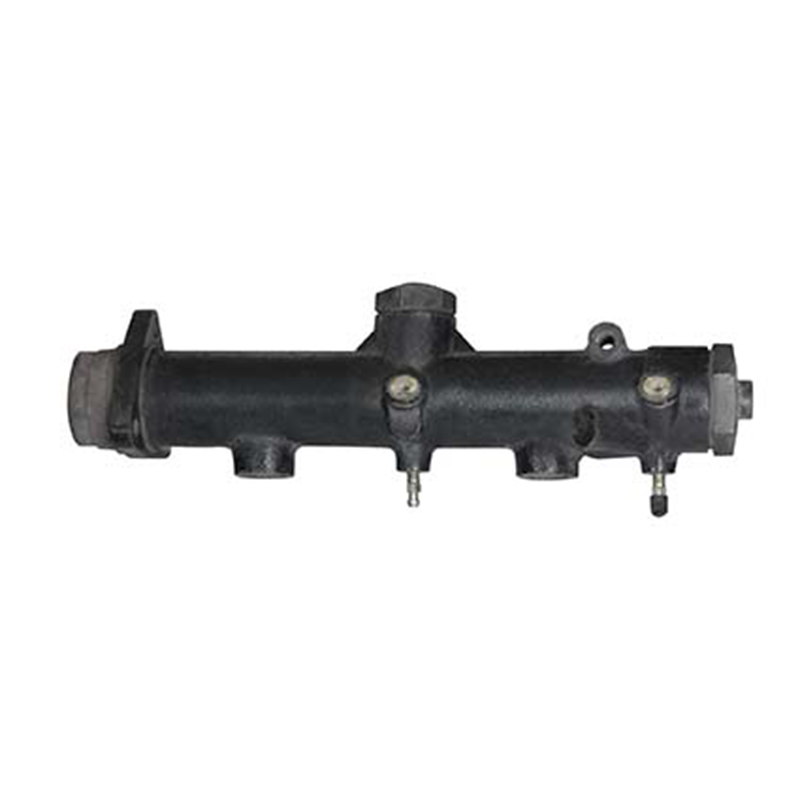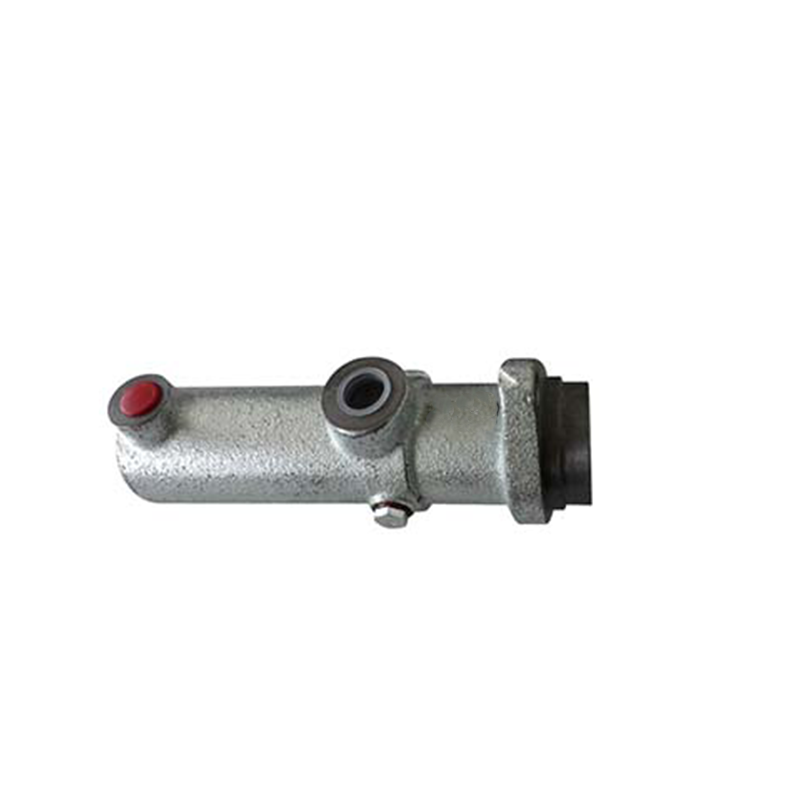
You may notice issues with your Brake Master Cylinder 67203 F0NN7A543AB if the brake pedal feels soft, you see fluid leaks, or a warning light appears.
If you suspect a problem, check the fluid level right away and avoid driving until you confirm it is safe.
Key Takeaways
- Watch for signs like a soft brake pedal, brake warning light, fluid leaks, or reduced braking to spot Brake Master Cylinder problems early.
- Follow step-by-step checks including visual inspection, fluid level check, pedal tests, and bench tests to diagnose issues accurately.
- Always use proper safety gear and fix any brake problems immediately to keep your vehicle safe and your brakes working well.
Brake Master Cylinder Symptoms and Warning Signs

Spongy or Soft Brake Pedal
You may notice the brake pedal feels soft or spongy when you press it. This can mean air or moisture has entered the brake lines. Sometimes, a failing Brake Master Cylinder causes this problem. When you push the pedal, it should feel firm and steady. If it sinks too easily, you should check the system right away.
Brake Warning Light On
A brake warning light on your dashboard is a clear sign that something is wrong. This light often turns on if the brake fluid is low or if the system detects a problem. You should never ignore this warning. The Brake Master Cylinder plays a key role in keeping the brake system safe. If the light comes on, you need to inspect the system as soon as possible.
Brake Fluid Leaks or Low Fluid
You might see fluid under your vehicle or notice the brake fluid reservoir is low. Leaks often happen at the connections or seals. The Brake Master Cylinder can develop leaks over time. Always check for wet spots near the cylinder or along the brake lines. Low fluid can lead to poor braking and unsafe driving.
Reduced Braking Performance
If your truck or trailer takes longer to stop, you may have reduced braking performance. This can happen if the Brake Master Cylinder is not working well. You might feel the brakes are less responsive or need more force to stop. Reduced braking makes driving dangerous, so you should address this issue quickly.
Tip: Always pay attention to changes in how your brakes feel or sound. Early action can prevent bigger problems.
Brake Master Cylinder Diagnostic Steps

Required Tools and Safety Equipment
Before you start, gather the right tools and safety gear. You need these items to work safely and check the Brake Master Cylinder correctly.
- Safety gloves and safety glasses
- Clean rags or paper towels
- Brake fluid (matching your vehicle’s requirements)
- Wrenches and screwdrivers
- Flashlight
- Catch pan for fluid
- Inspection mirror (optional)
Always wear gloves and safety glasses. Brake fluid can harm your skin and eyes.
Visual Inspection for Leaks and Damage
Start with a careful look at the Brake Master Cylinder and the area around it. Use a flashlight to check for any signs of leaks or damage.
- Look for wet spots or stains near the cylinder and brake lines.
- Check the cylinder body for cracks or rust.
- Inspect the connections and seals for signs of wear.
If you see any leaks or damage, you may need to replace the part. Leaks can lower brake fluid and reduce braking power.
Checking Brake Fluid Level and Condition
Next, check the brake fluid in the reservoir. The fluid should reach the "MAX" line and look clear.
| Fluid Condition | What It Means |
|---|---|
| Clear/Light | Fluid is in good shape |
| Dark/Dirty | Fluid needs changing |
| Low Level | Possible leak or wear |
If the fluid is low, add more. If it looks dirty, plan to change it soon. Never let the reservoir run dry.
In-Car Pedal Test
You can test the Brake Master Cylinder from inside the cab. Sit in the driver’s seat and press the brake pedal.
- The pedal should feel firm and steady.
- If the pedal feels soft or sinks slowly, there may be a problem.
- Listen for any strange noises when you press the pedal.
A soft pedal often means air or fluid is leaking in the system.
Internal Leak Test (Pedal Sink Test)
This test helps you find out if the Brake Master Cylinder has an internal leak.
- Start the engine.
- Press the brake pedal down and hold it.
- Watch to see if the pedal keeps sinking toward the floor.
If the pedal sinks slowly, the cylinder may have an internal leak. You should not drive until you fix this issue.
Note: A sinking pedal is a serious warning. Fix the problem before using the vehicle again.
Bench Test Procedure
If you remove the Brake Master Cylinder, you can do a bench test.
- Secure the cylinder in a vise.
- Fill it with clean brake fluid.
- Use a screwdriver to push the piston in and out.
- Watch for smooth movement and check for leaks at the seals.
If you see leaks or the piston sticks, the cylinder needs repair or replacement.
Interpreting Diagnostic Results
After you finish the tests, review what you found.
- Leaks or low fluid mean you need to fix or replace parts.
- Dirty fluid means you should flush and refill the system.
- A soft or sinking pedal points to a problem with the Brake Master Cylinder.
- No leaks and a firm pedal mean your system is working well.
Tip: Always fix problems right away. Good brakes keep you safe on the road.
- Review each step to check your Brake Master Cylinder.
- Replace or repair the part if you find a problem.
- Always use safety gear when you work on your truck.
Quick action keeps your brakes strong and your vehicle safe.
FAQ
How often should you check the Brake Master Cylinder 67203 F0NN7A543AB?
You should check it during every routine maintenance. Regular checks help you spot leaks or wear before they cause bigger problems.
Can you drive if the brake pedal feels soft?
You should not drive if the brake pedal feels soft. This can mean a serious problem. Always fix brake issues before using your vehicle.
What type of brake fluid should you use?
Check your vehicle’s manual for the correct brake fluid type. Using the right fluid keeps your Brake Master Cylinder working well.
Tip: Always use clean, fresh brake fluid to avoid damage.
Post time: Jun-14-2025





